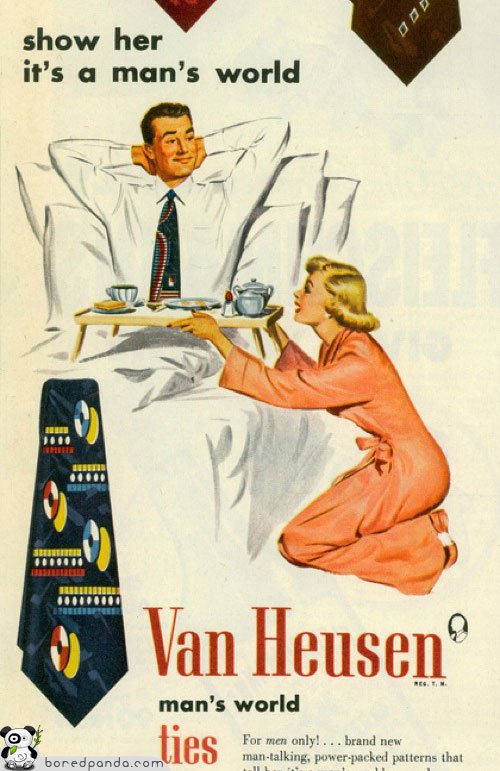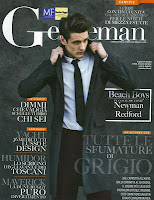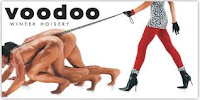Kerrang
magazine has been established for over 30 years with a long line of heritage
which has led to it becoming the biggest music weekly in the world.
This
magazine reaches the most young reader audience compared to other music
magazine which is a big advantage for them as this age group is difficult to
reach meaning they gain more profit as they specialise in reaching them with
optimum effect. Being able to reach this audience allows for not only music
releases to be featured in the magazine but film, games and mobile technology
to be featured and advertised, which helps Kerrang! to gain profits from
advertisements.
 Kerrrang!
Loves music, especially rock which has become an iconic part of the magazine to
it audience and is considered to be an essential part of the magazine.
Kerrrang!
Loves music, especially rock which has become an iconic part of the magazine to
it audience and is considered to be an essential part of the magazine.
Kerrang! readers
are statistically the heaviest music consumers
purchasing over 6 albums per month on average (53% more than the national
average) and are 8 times more likely to spend over £200 a year on albums. The
readers are also 5.5 times more likely to attend a rock gig.
The magazine audience in 2012 was researched with
the results that it has a circulation of 38,566 people with a readership of
345,000 people, 48% in the ABC1 profile, with a mean age of 25 and a solus
readership of 74%.
Below is a graph showing the advertising rates for all the
different types of advertisements business can pay for to be featured in one of
Kerrang!’s issues. The prices are cheaper than other magazines as Kerrang! Has
a smaller audience readership than others.


















